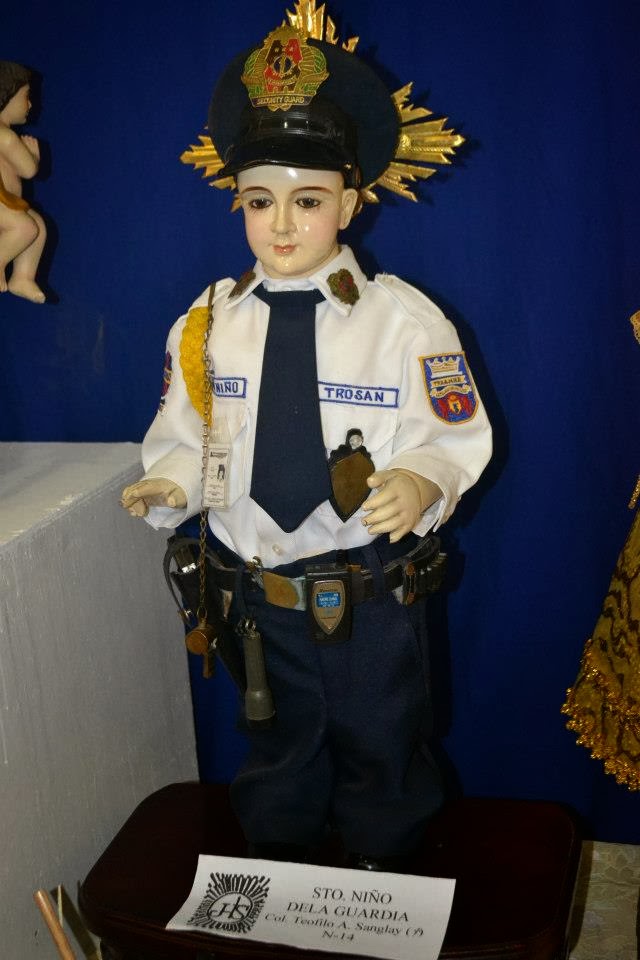 The Holy Child Jesus is believed around the world to be a miracle worker, and devotees can be found in many places, including Spain, Mexico and Peru. In the Czech Republic, there is the Infant of Prague, a statue believed to have been brought as a wedding gift to a Spanish woman who married a Czech nobleman. In Mexico, the Holy Child has many titles, the most famous being El Santo Niño de Atocha.
The Holy Child Jesus is believed around the world to be a miracle worker, and devotees can be found in many places, including Spain, Mexico and Peru. In the Czech Republic, there is the Infant of Prague, a statue believed to have been brought as a wedding gift to a Spanish woman who married a Czech nobleman. In Mexico, the Holy Child has many titles, the most famous being El Santo Niño de Atocha.
In Rome, there is the Santo Bambino di Ara Coeli. In the Philippines, the year begins with a month-long tribute to the Holy Child Jesus. All over the country, devotees to the Sto. Niño carry images in processions, offer flowers and dress the statue. The celebration peaks around the third Sunday of the month, which marks the Feast of the Sto. Niño in the Philippines. "Reverence to Sto. Niño should be put into practice by showing respect and appreciation for life," said Fr. Conegundo Garganta of the Episcopal Commission on Youth in a news release on the Catholic Bishops' Conference of the Philippines website. Although Church officials urge devotees to focus on the spiritual aspect of these celebrations, many if not all are not only religious feasts but cultural events as well, including the famous Sinulog Festival in Cebu City, where the vibrant colors and endless sights attract visitors from all over the world. Held annually on the third Sunday of January, the festival is a must-see dance ritual, which honors the Filipino's pagan past and embraces their Christianity.
According to historical accounts, when the Portuguese explorer Ferdinand Magellan arrived in 1521, he presented a wooden Santo Niño to the wife of Rajah Humabon, Cebu's chieftain. This image became the symbol of friendship between the natives and the Spanish conquerors, who converted most of the country to Christianity. The statue was housed in the Basilica Minore del Santo Niño and San Nicholas de Tolentino church, and is brought out in a fluvial parade every year during the Sinulog, which translates to "graceful dance." Today's activities include a grand parade, fireworks display and street party. Thousands of visitors participate in the festival, but those who can't make it to Cebu can see Sinulog 2012 via livestreaming. The Department of Tourism lists festivals in January that honor the Sto Niño.
























